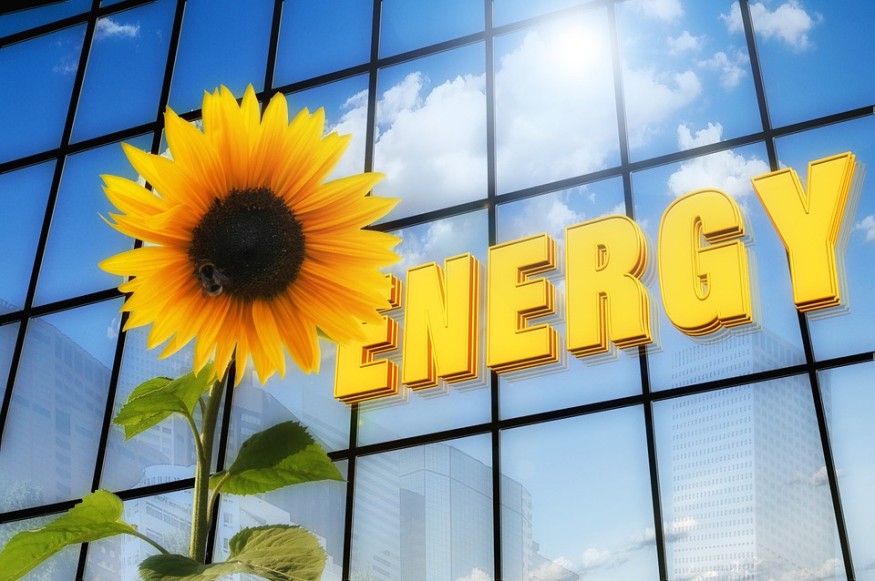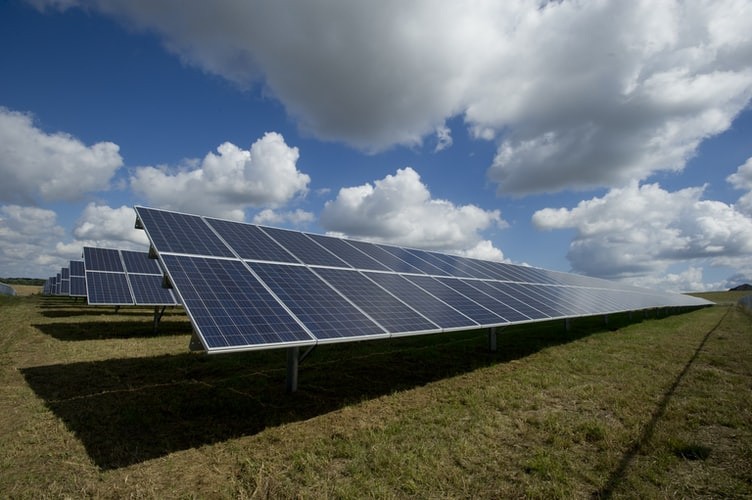To meet New York's green energy targets, solar developers can look at using lower-quality agricultural land for solar energy, encourage dual-use (combined agriculture and solar) alternatives, discourage concentrated solar production, and involve communities early, according to a new Cornell University study.

Agricultural Land and Solar Power

"Agricultural land will be the prime focus for potential solar energy production because it is basically flat and cleared," said Max Zhang, professor at the Sibley School of Mechanical and Aerospace Engineering. "Good agriculture, on the other hand, isn't perfect."
Zhang is a senior author on the paper "Strategic Land Use Analysis for Solar Energy Development in New York State," published in Renewable Energy in August 2021.
New York's Climate Status

New York state's Climate Leadership and Community Protection Act of 2019 mandates that the state generates 70% clean electricity by 2030 and 100% by 2040. The state will require 21.6 gigawatts of utility-scale solar energy power to meet the mark, assuming no more offshore wind energy production above the proposed 9-gigawatt goal.
Agrivoltaics

According to the report, this aim cannot be met without using lower-grade agricultural land and dual-use (agrivoltaics) options.
According to the researchers, 40 percent of existing solar energy production has been built on agricultural land, while 84 percent of land listed as ideal for potential solar growth (roughly 140 gigawatts) is agricultural.
"Solar farms are still eating up agricultural space, and New York's electricity targets would certainly necessitate even more," Zhang said. "This comes as no surprise to the solar energy world. However, this comes as a shock to the farming world."
Keeping solar plants from being too clustered in some areas would undoubtedly aid in the reduction of harmful economic activity. According to the article, this type of concentration contributes to agricultural land transfer, which then triggers a negative economic chain reaction for companies that rely on farming.
Solar Development

During their study on solar development, the engineers discovered growing public opposition to utility-scale development projects in rural communities. According to Zhang, addressing civic issues through neighborhood engagement is critical for solar's long-term success in New York.
Developing a decision-making process that engages the community early in the process will help to reduce public resistance to solar production. During a preliminary investigation, the organization discovered that more than 80% of the land with major structures is privately owned, with developers usually signing a contract with private landlords before approaching the general public. This decide-announce-defend strategy, according to Zhang, elicits defensive behavior from the larger population.
"If the business is to produce solar energy flows, it makes economic sense to look at the long term," said Zhang, a faculty fellow at Cornell's Atkinson Center for Sustainability. "The closer the partnership between energy providers and the government, the more likely the community can assist in the development of more energy on surrounding property. Rather than defending behavior, it is better to involve and teach the group."
This research was supported by Cornell Atkinson and the National Science Foundation.
For more Environmental news, don't forget to follow Nature World News!
© 2025 NatureWorldNews.com All rights reserved. Do not reproduce without permission.





